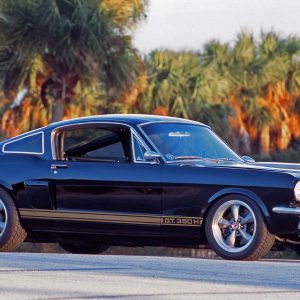Steering
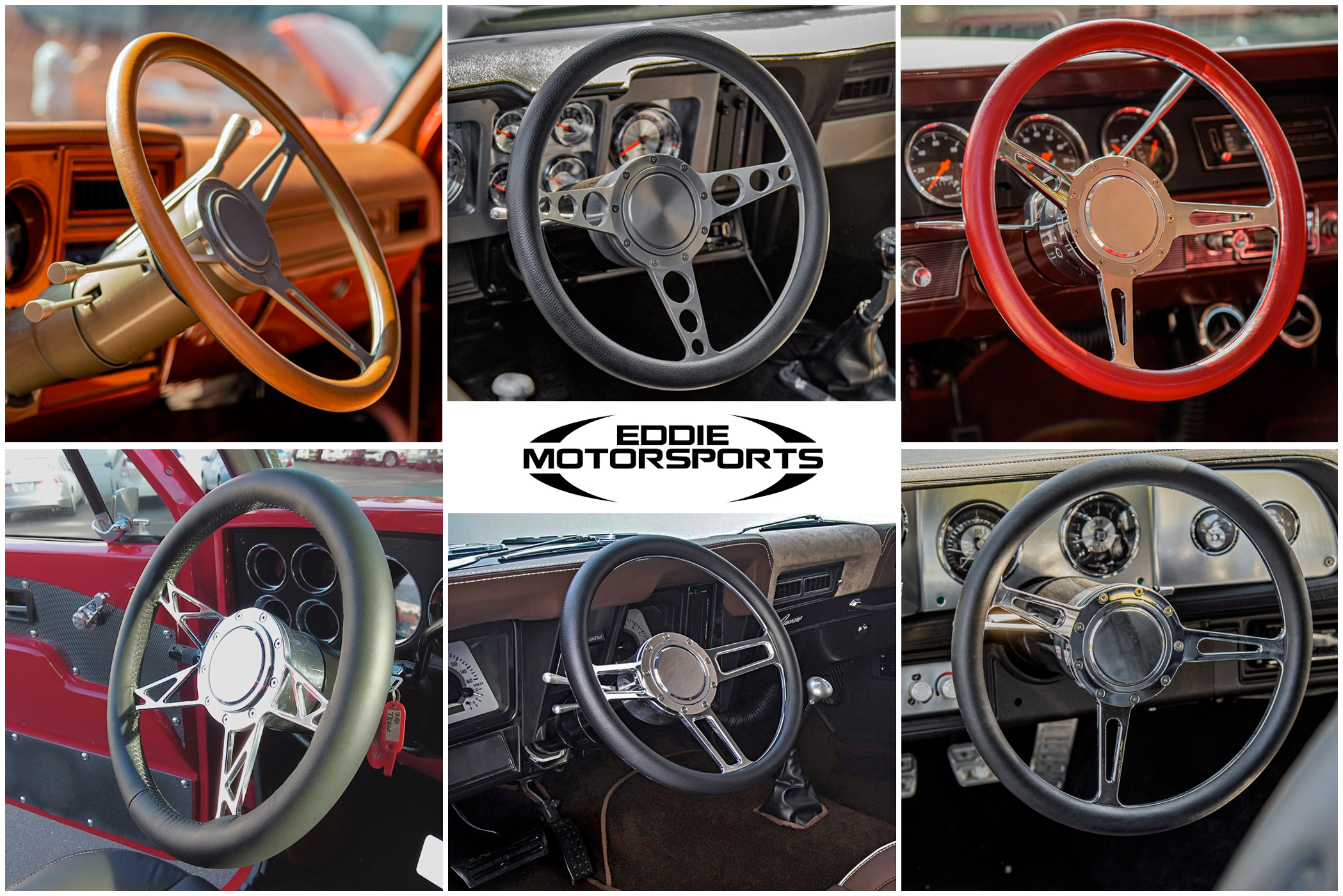
Alright, buckle up because Eddie Motorsports just dropped a bombshell in the form of their new line of high quality, billet aluminum steering wheels. Picture this: a line of wheels so slick, so badass, that your ride’s gonna scream “legendary.” Yeah, it’s that good.
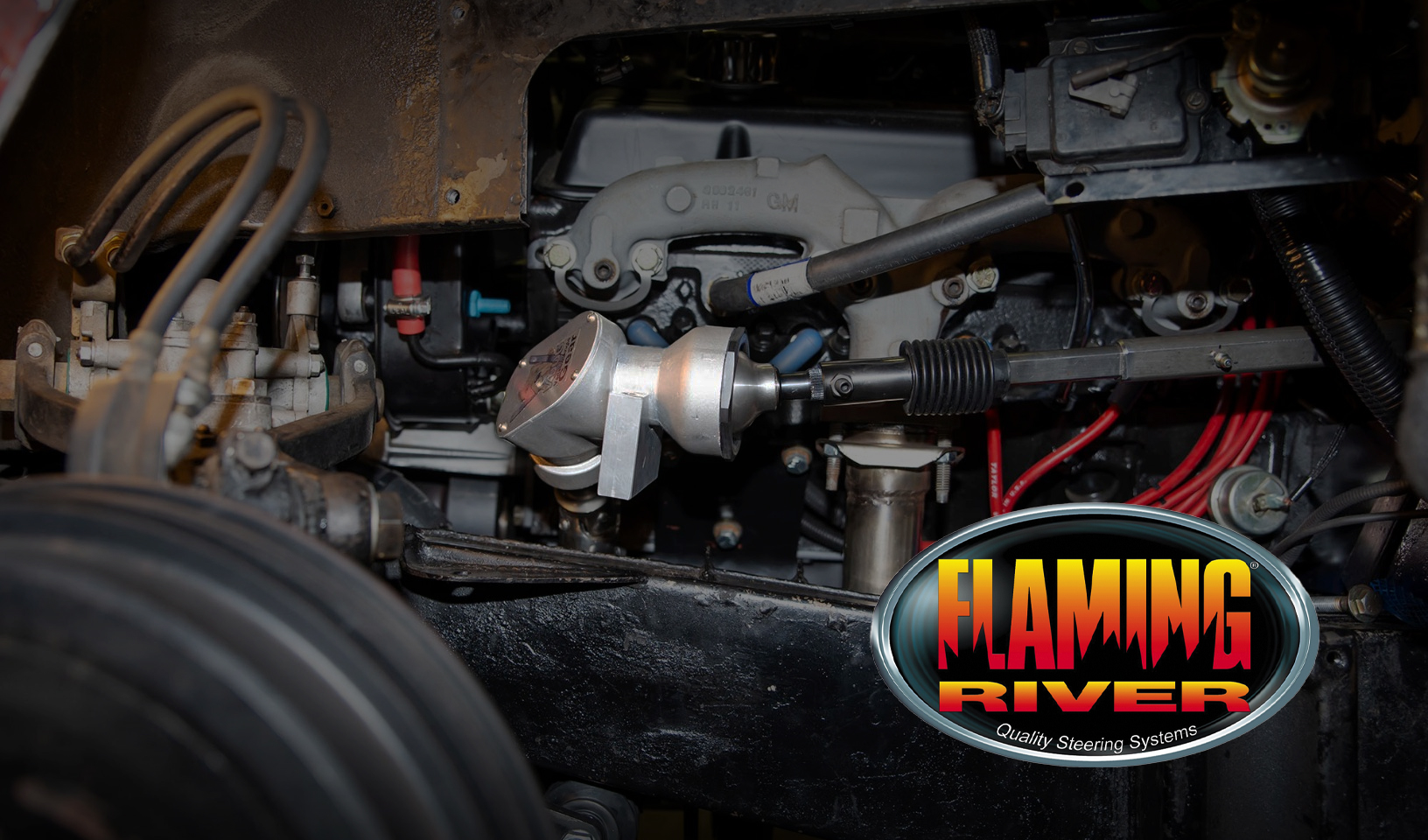
We’ve all been there—slamming a monster LS, Coyote, or Hemi into an old muscle car or hot rod and hitting that inevitable roadblock: how the heck do you get the steering shaft through that tight engine bay? The answer, my friends, is the VDOG® from Flaming River. You’ve probably heard the name tossed around, but let’s dig into why you need this in your arsenal.
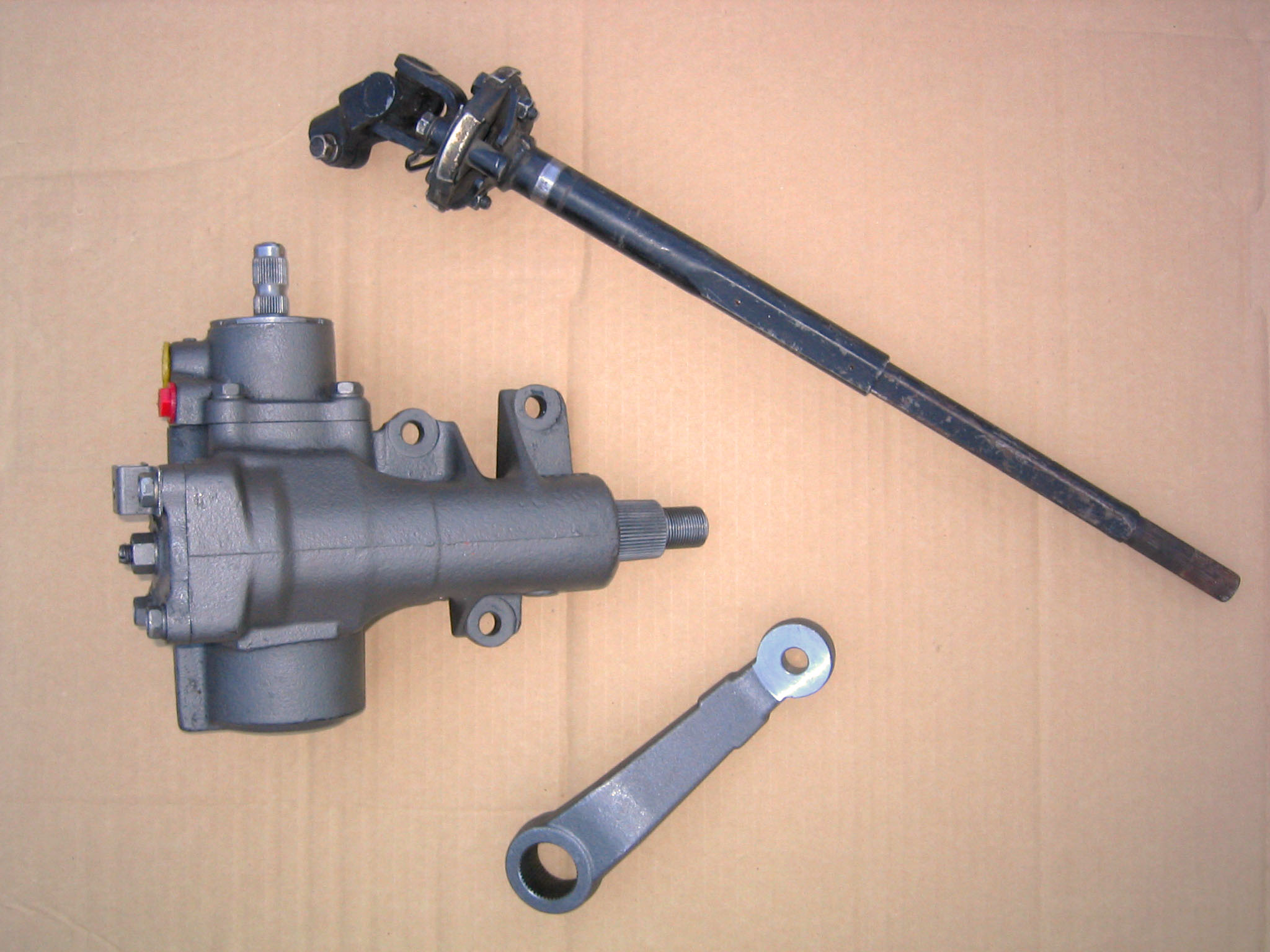
Ok, you’ve lifted your rig so you can put those big tires on, and you take it out on it’s maiden wheelin’ trip. The first thing you notice is how the terrain seems to guide the tires while fighting your biceps. If this sounds familiar then you probably have manual steering. Many of the older rigs on the trail only came from the factory with a manual steering box. There are several options to remedy the manual steering blues. Upgrading to a power steering setup is the most basic route, then there are a number of companies specializing in hydraulic ram setups. There are also many combinations using common power steering boxes in addition to a hydraulic ram assist. With the vast variety of power steering system components available, the possibilities are quite endless.
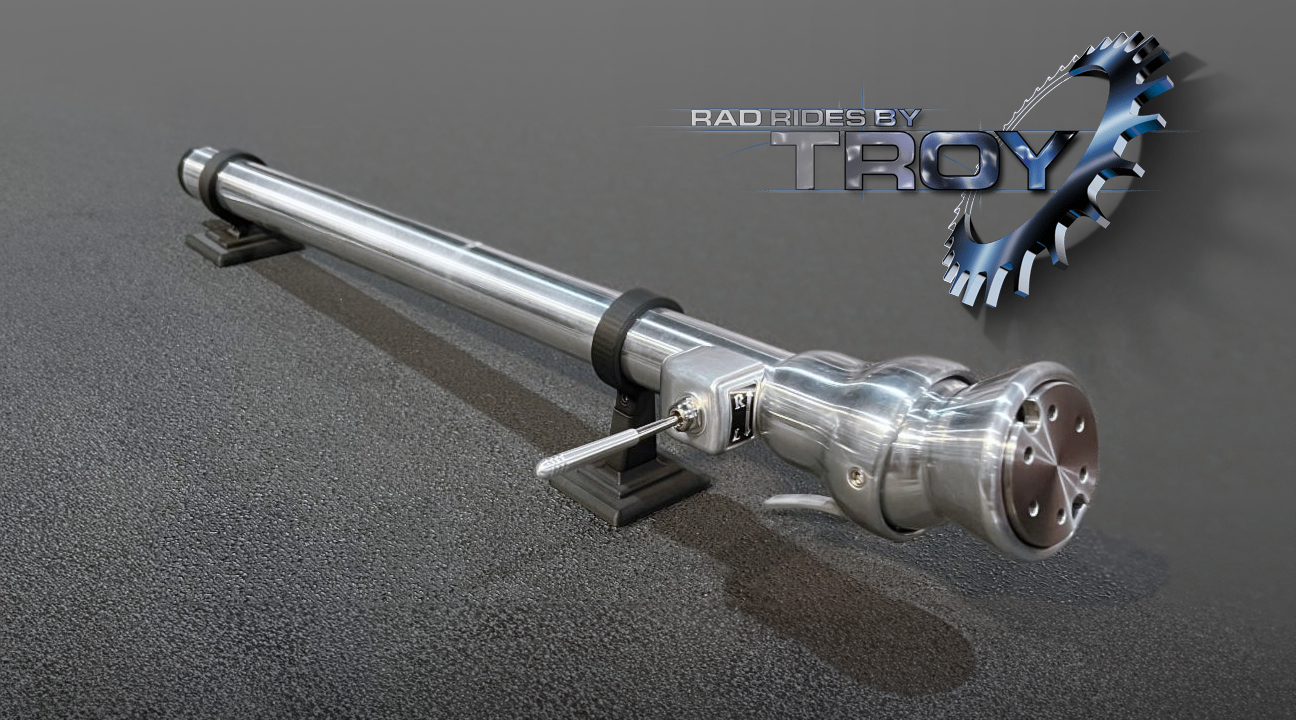
Crafted with precision and expertise, this cutting-edge column is set to revolutionize your driving experience. Rad Rides engineers focused on maximizing space, ensuring comfort during entry and exit, and offering customizable steering wheel positioning. Compact yet powerful, the Tilt Steering Column boasts a total unit length of just 5 1/8 inches. With five different tilt positions and approximately 40 degrees of total tilt, you’ll find the perfect angle for your comfort and convenience.
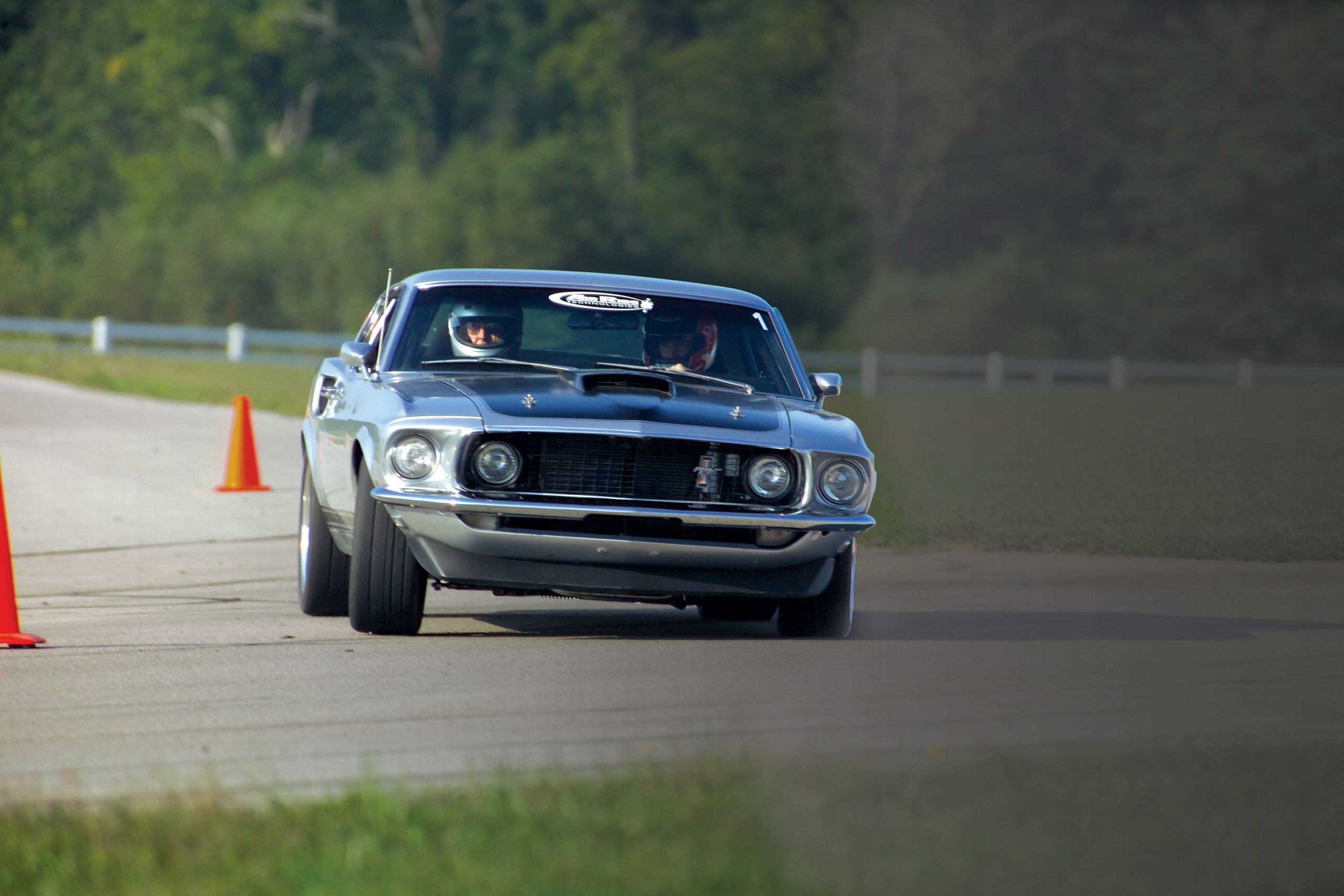
Although modifying a car to handle well can often seem like a black art, virtually every aspect of handling comes down to three things: the weight of the vehicle, the traction generated by the tires, and the distribution of weight on each particular tire at a given moment.
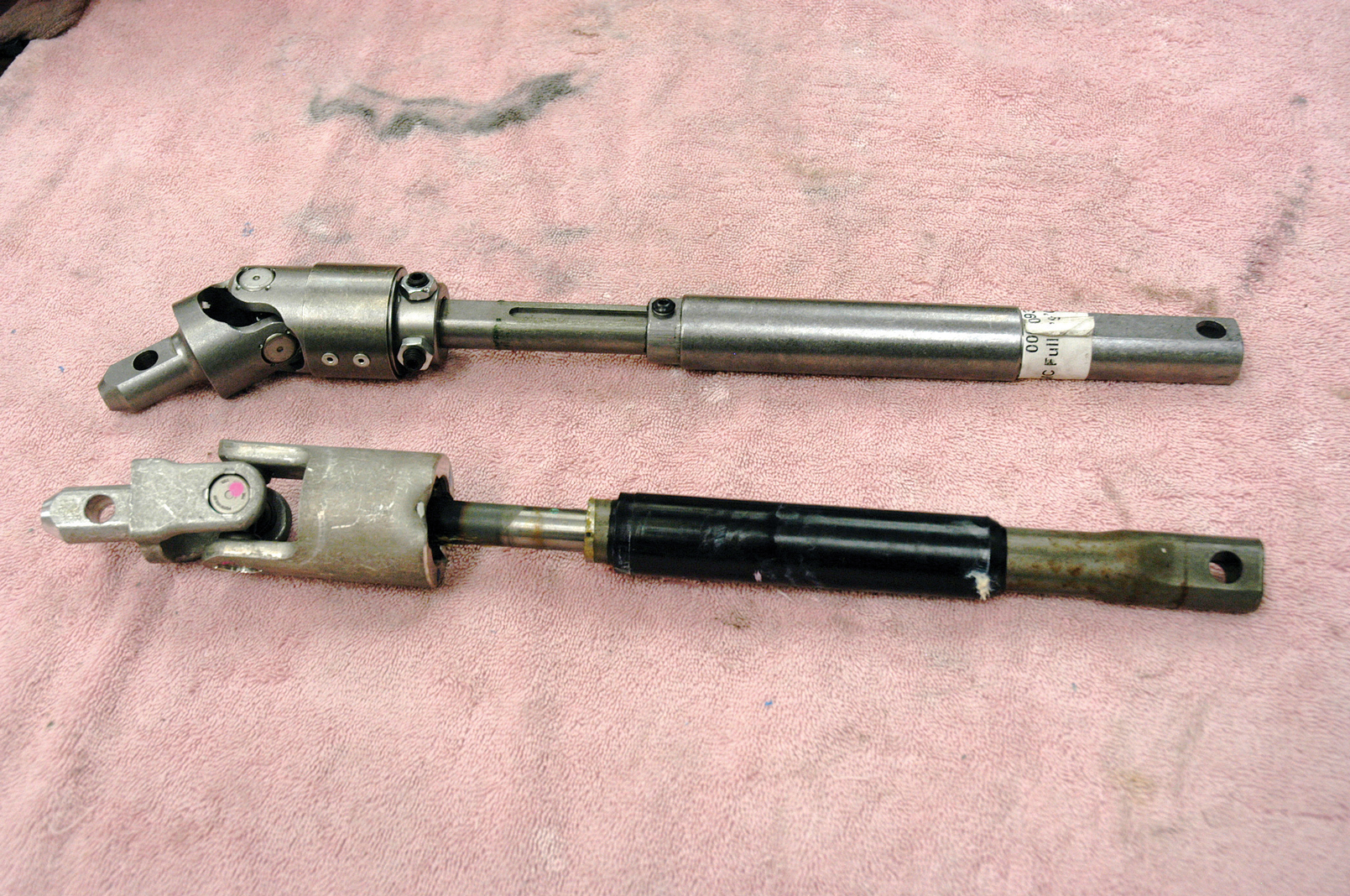
If you are towing your rig with a ’99-’06 General Motors truck, or a Chevy or GMC vehicle, there’s a good chance you have experienced a strange clunking noise when making slow turns. The clunking noise seems to originate from within the steering column, and some owners can actually feel a small vibration in conjunction with the clunking. If you have encountered this problem, it’s not your imagination, as there appears to be a unique conundrum associated with Chevy and GMC pickups, and their corresponding SUVs.
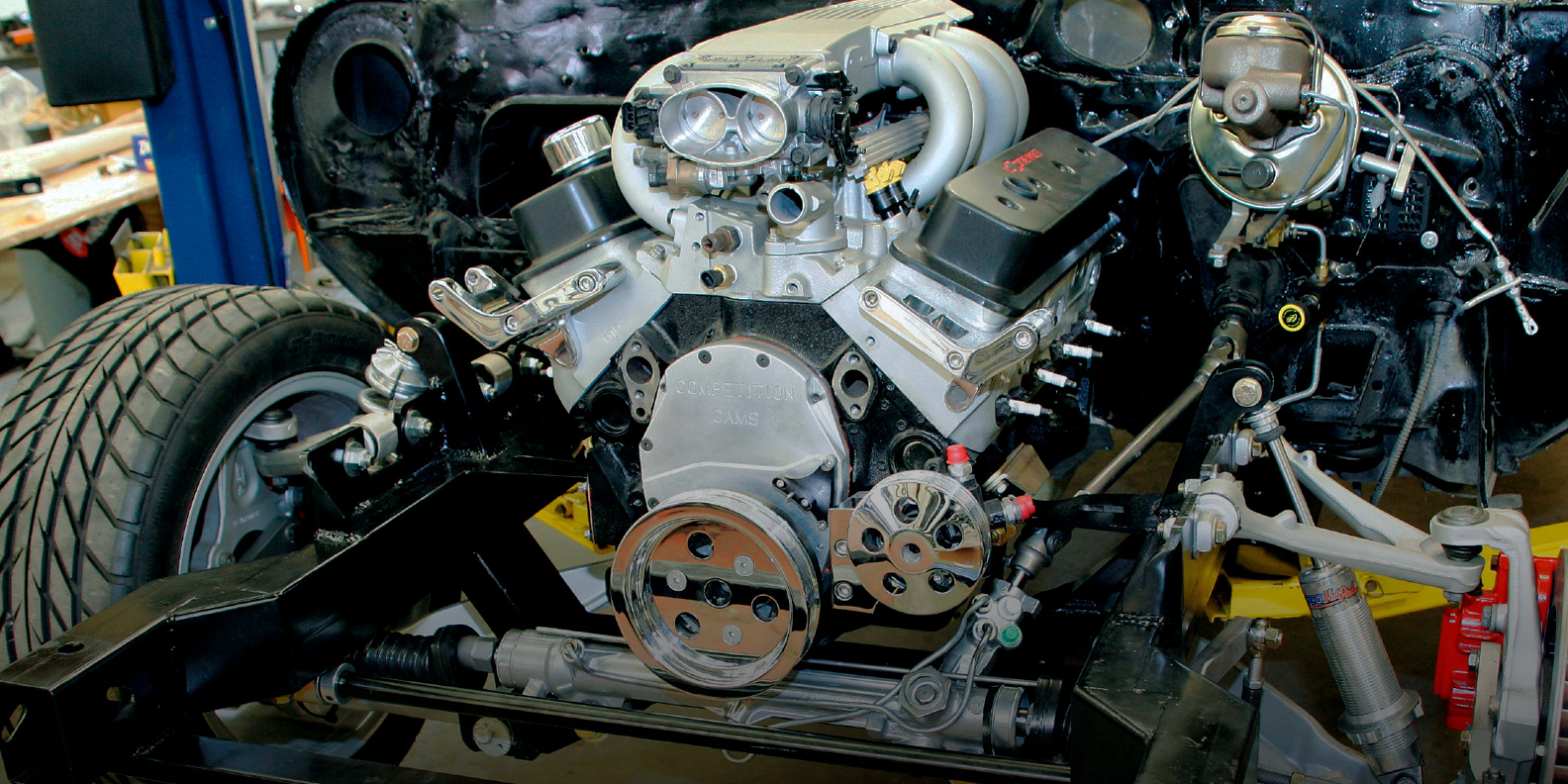
These are great days to be a muscle-car enthusiast. Performance parts are plentiful, new stampings to replace rusted sheetmetal are regularly popping up, and GM’s crate motor program makes it easier than ever to drop in a new power plant that combines incredible power with everyday drivability. Old Camaros or Novas have been passed over because they were saddled with a wimpy six. Now, however, they are the perfect candidates for a heart transplant, namely, in the form of Chevrolet’s marvel of horsepower engineering: the LS1 engine.






